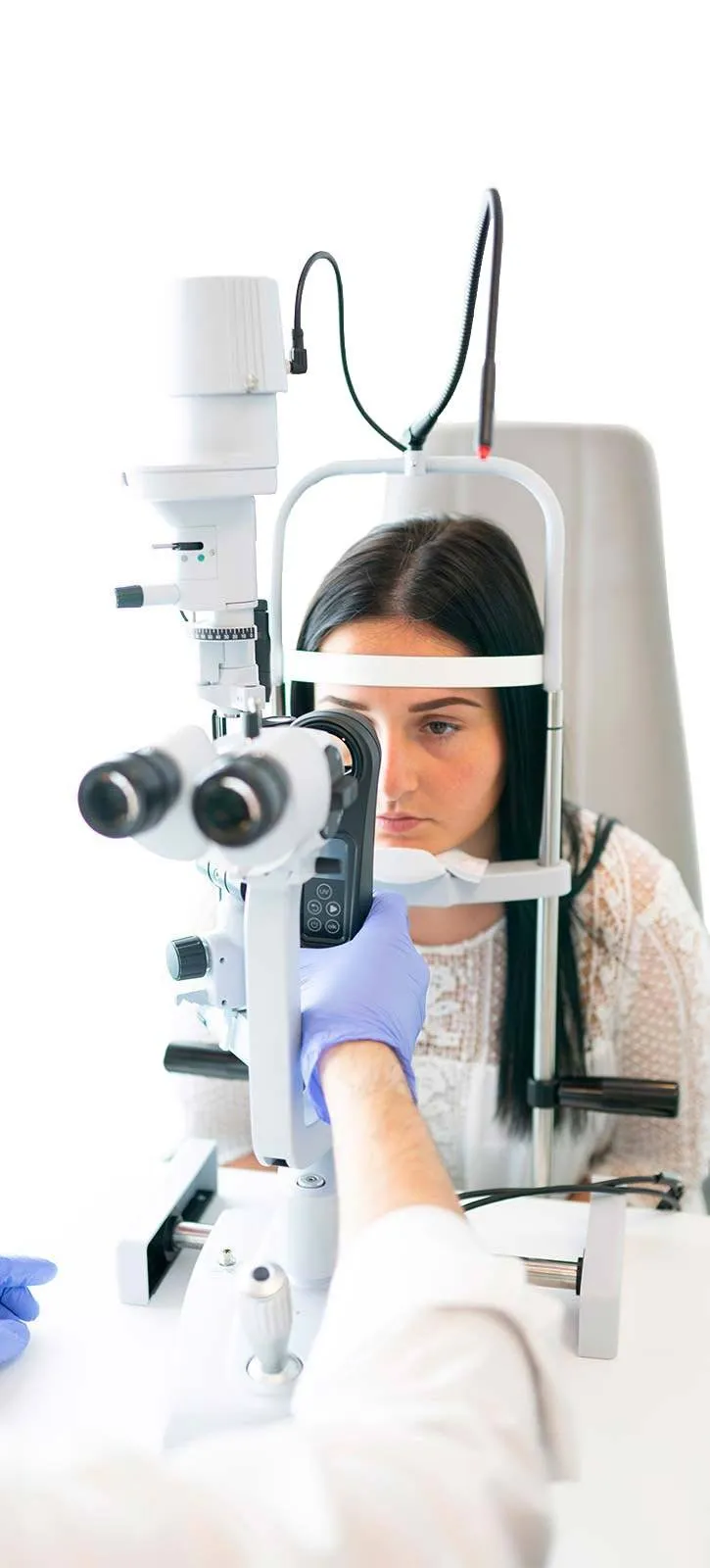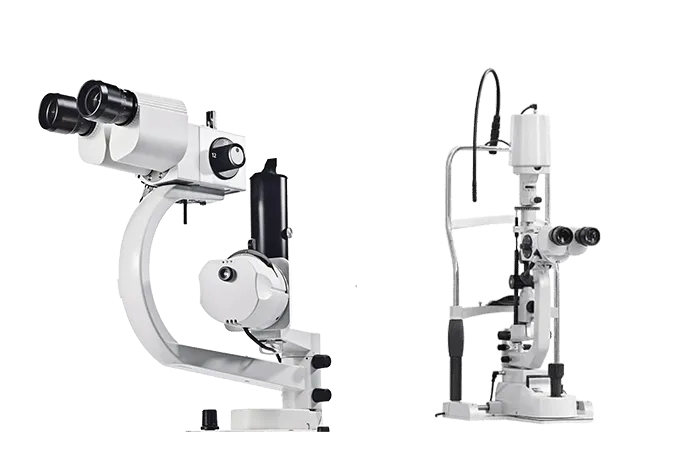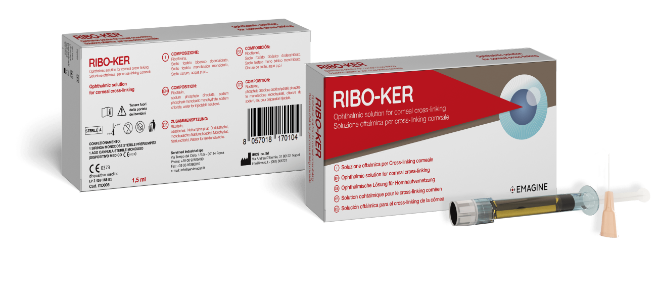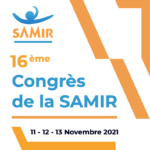EMAGine at the CXL Experts? Summer Meeting 2023
EMAGine’s Medical Director, Prof. Farhad Hafezi, and its CEO, Nikki Hafezi, presented remotely at the CXL Experts’ Summer Meeting 2023,

Upang makita ang aming listahan ng mga namamahagi ng bansa


Para sa iba’t ibang settings ng keratoconus at nakakahawang keratitis.
Profile na Akma sa KakapalanMay beam profile na nagdadala ng mas maraming enerhiya sa corneal periphery.
Superior Battery TechnologyGinawang matibay para kayanin ang libu-libong paggamot
Naa-access ang WheelchairMaginhawang tratuhin ang mga tao sa wheelchair
Para sa modernong CXL: kasya sa parehong disenyo ng Haag Streit at Zeiss slit lamp
Kabitan sa MesaFor classic CXL: table mount accessory available.
Mga Pinagsamang ProtokolMamili sa ilang preset na clinical protocol.
Range ng IntensitiesDelivers 3, 9, 15, 18 and 30 mW/cm².
Ang C-eye device ay CE-marketed para sa mga sumusunod na kondisyon: keratoconus, ectasia matapos ang LASIK/PRK, pellucid marginal degeneration, nakakahawang keratitis, sterile corneal melting, bullous keratopathy.
Ang C-eye device ng EMAGine ay dinadala ang cross-linking technology sa slit lamp. Simple, epektibo at ligtas gamitin ng baguhan o eksperto man.
Gawin ang CXL sa slit lamp. O gamitin ang C-eye device tulad ng ibang uri ng CXL device: nakakabit sa mesa, sa loob ng operating room
Iba-iba ang lugar ng trabaho? Dalhin ang C-eye device saanman. I-charge gamit ang USB-C cable, ang smartphone charger, o laptop.
Binabawasan ang oras at mga gastos na nauugnay sa pagganap ng CXL
Remember that every cross-linking procedure not only improves biomechanics, it also ?disinfects? the cornea by directly killing all micro-organisms and by inhibiting cellular replication. This is why a cornea at the end of every CXL and PACK-CXL procedure is ?sterile?. And by the way: office-based cataract surgery at office-based intravitreal injections have been performed in many thousands of cases without increased infection risk.
Irradiation time is not too long. Current modern protocols are integrated in the C-eye device and treat in as little as 10 minutes (CXL) and 4 minutes (PACK-CXL). See the published approach dito.
We need 3 elements for successful cross-linking: UV light, oxygen and riboflavin. Both UV light and oxygen do not ?care? whether the patient is laying down or sitting. As for riboflavin, published research shows that riboflavin concentration is stable in the upright position for up to 60 minutes - much longer than we need for a CXL treatment.
Offer the patient the comfortable surgeon?s chair with the armrest and take the extra time to ensure that the patient is well-adjusted. Then, the patient is very comfortable.
Fixation is no issue. Offer the patient the fixation target that most slit lamps offer (for retinal examination) and the patient will keep a very steady fixation, as you can see dito.
Find more answers in our FAQ section.

Ang pinaka-maraming nalalaman at komprehensibong teknolohiya ng CXL na magagamit.

The C-eye device fits to a number of Haag-Streit and Zeiss type slit lamps. Find here the complete list of compatible slit lamps

EMAGine’s Medical Director, Prof. Farhad Hafezi, and its CEO, Nikki Hafezi, presented remotely at the CXL Experts’ Summer Meeting 2023,
The article by Lu et al. reports an in vitro study, conducted to determine whether high-fluence PACK-CXL can be accelerated while still maintaining its antibacterial efficacy. The study found that high-fluence PACK-CXL did indeed decrease the bacterial concentration of several clinically significant bacterial strains, including S. aureus, P. aeruginosa, and S. epidermidis. These strains are commonly implicated in bacterial keratitis and contact lens-associated keratitis. Furthermore, the authors found that higher total fluence PACK-CXL protocols led to a corresponding increase in bacterial killing ratio (BKR).
Prof. Farhad Hafezi, MD, PhD, FARVO is the Medical Director at The ELZA Institute, was recently interviewed by Ocular Surgery News
The advantages of performing corneal cross-linking (CXL) at the slit lamp are well established. It brings CXL out of the
It has been quite the debate. Should surgeons drop riboflavin onto the cornea during the UV irradiation part of a
Photoactivated chromophore for keratitis-corneal cross-linking (PACK-CXL) has progressed a great deal since it was first developed (1) as a treatment
EMAGine’s Chief Scientific Officer, Professor Farhad Hafezi of the ELZA Institute in Zurich, Switzerland, has prepared a presentation that provides a comprehensive overview of how oxygen concentration is at the center of all these decisions.
Enero 21, 2022
NUHS 36th Anniversary Conference

Location: Singapore
Language: English
Enero 15, 2022
Muscat International Ophthalmology Conference (MIOC)

Location: Muscat, Oman
Language: English
Disyembre 4, 2021
Kölner Adventssymposium 2021

Location: Köln, Germany
Language: German
Nobyembre 25, 2021
Middle East Africa Council of Ophthalmology

Location: Dubai, UAE
Language: English
Nobyembre 18, 2021
14th World Down Syndrome Congress

Location: Dubai, UAE
Language: English
Nobyembre 11, 2021
La Société Marocaine de la chirurgie réfractive

Location: Rabat, Morocco
Language: French
Nobyembre 4, 2021
Sorocaba Eye Bank

Location: Brazil
Language: English
Oktubre 28, 2021
Emirates Society Of Ophthalmology

Location: Dubai, UAE
Language: English
Oktubre 23, 2021
LV Prasad Eye Institute

Location: Hyderabad, India
Language: English
Oktubre 23, 2021
65th Brazilian Congress of Ophthalmology

Location: Natal, Brazil
Language: English